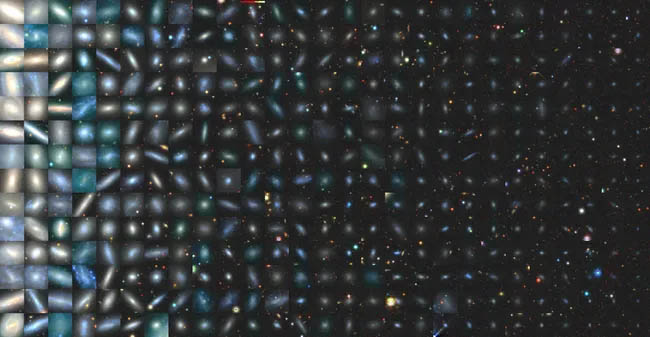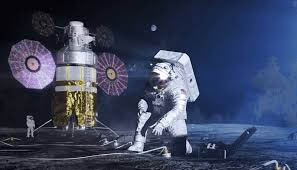The Milky Way’s two largest satellite galaxies are strangely lonely

Science: A new 12-year study of other galaxies in the local universe has found that the Milky Way’s system of small, orbiting satellite galaxies is quite unusual. The Satellites Around Galactic Analogs (SAGA) survey is being conducted by a small group of astronomers to find out how the Milky Way and its small group of dwarf satellite galaxies compare to other galaxy systems.
“The Milky Way’s satellite population is a unique combination of small satellites consisting only of old stars and its two largest satellites, which are actively forming new stars,” Marla Geha, a professor of astronomy and physics at Yale University and co-founder of SAGA, said in a statement. Those two largest satellites are the Large and Small Magellanic Clouds, known as the LMC and SMC for short. These two satellites are the largest in the Milky Way’s family and are easily visible to the naked eye from the Southern Hemisphere. Most of the Milky Way’s other 59 known satellite galaxies are too faint, requiring the Hubble Space Telescope or large ground-based telescopes to see.
SAGA conducted a census of 101 galaxies with similar size and mass to our Milky Way, with a total of 378 satellite galaxies. The number of visible satellite galaxies in each host galaxy ranged from 0 to 13. This can be compared to the Milky Way, where SAGA (using data from the Dark Energy Spectroscopic Instrument, DESI) on the Mayall Telescope at Kitt Peak National Observatory in Arizona) could detect only four satellites. The rest of our galaxy’s satellites are too faint for DESI to see. “If you consider the existence of the LMC, the Milky Way has fewer satellites than it actually has,” Yao-Yuan Mao of the University of Utah, who is also a co-founder of SAGA, said in a statement.




